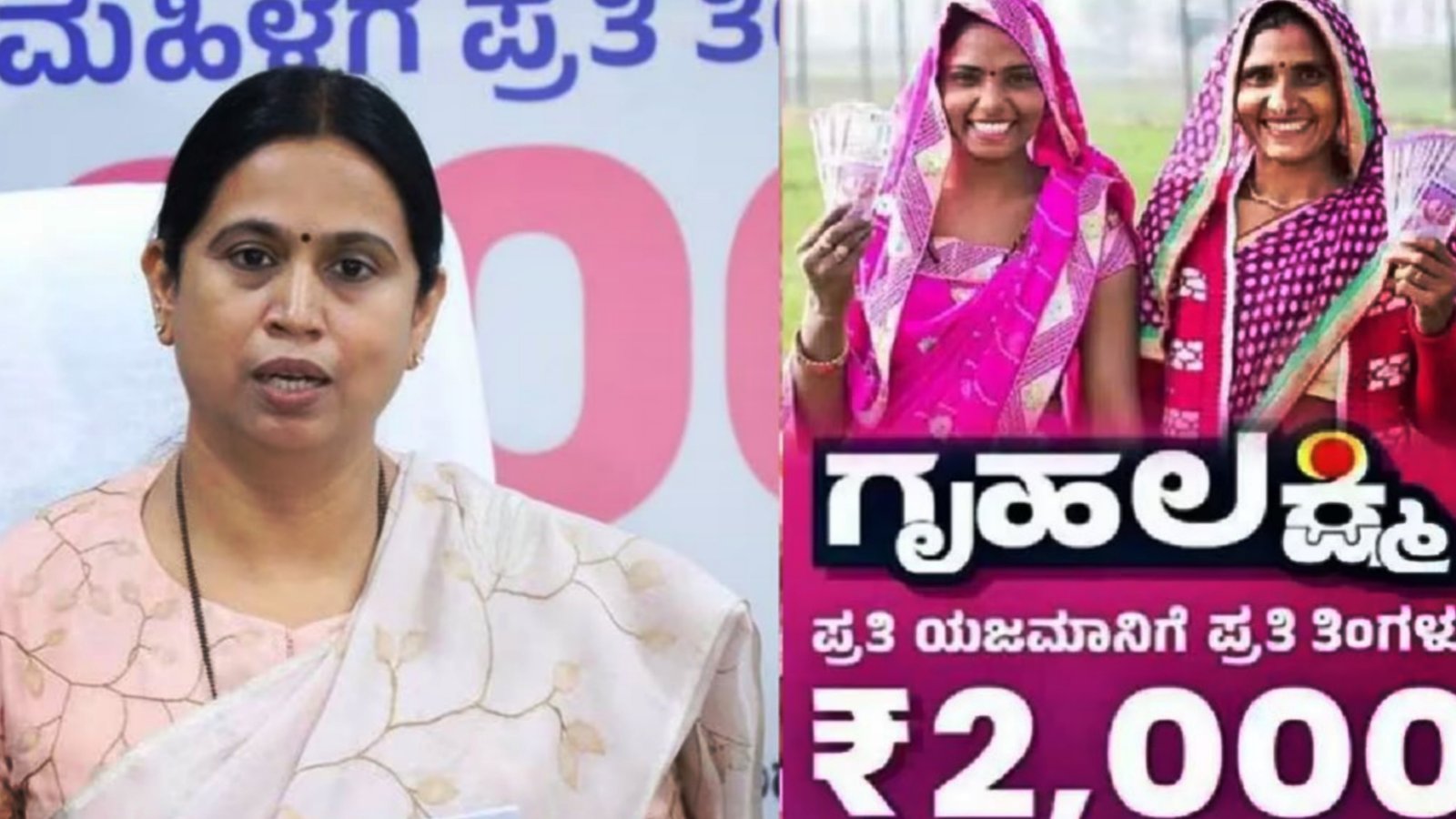The Gruhalakshmi Scheme has been one of the most discussed welfare programs in recent years, especially in Karnataka, where it provided direct financial assistance to women who head households. Its primary objective was to empower women by offering a fixed monthly amount to support their daily needs. While the scheme gained wide popularity, there is also a growing discussion about the need for alternative financial programs that are more inclusive, sustainable, and capable of addressing broader economic challenges faced by families.
In this context, policymakers and social experts have suggested the idea of an Alternative Finance Scheme that complements or improves upon the Gruhalakshmi model. This new scheme would focus not only on providing direct monetary aid but also on ensuring skill development, financial independence, and long-term economic security.
The Need for an Alternative Scheme
While the Gruhalakshmi Scheme has been beneficial, it mainly offers short-term relief in the form of monthly cash support. Many women recipients have expressed that while the amount helps in managing household expenses, it is not sufficient to create lasting financial stability. An alternative scheme could fill this gap by introducing structured support programs that combine financial assistance with opportunities for growth.
Some of the reasons why an alternative scheme is important include:
- Sustainability of benefits – Direct cash transfers provide temporary relief but do not guarantee long-term financial independence.
- Skill development – Many women desire training in entrepreneurship, digital literacy, or vocational skills to earn a sustainable income.
- Inclusive coverage – Some households may not qualify for Gruhalakshmi due to eligibility criteria. A broader scheme can ensure that no deserving family is left behind.
- Economic empowerment – Instead of relying only on subsidies, a model that promotes income generation can boost local economies.
Key Features of the Alternative Finance Scheme
The proposed scheme, which can be referred to as the “Nava Nari Shakti Finance Program,” would go beyond cash benefits and focus on holistic empowerment. Some of its main features could include:
1. Direct Monthly Assistance
Similar to Gruhalakshmi, a fixed monthly allowance can still be provided. However, the focus will be on linking this support with progress in skills, education, or income-generating activities.
2. Skill Development Vouchers
Instead of limiting aid to cash alone, the scheme can provide training vouchers for women to enroll in tailoring, computer education, food processing, handicrafts, and other employable skills.
3. Microfinance Support
The scheme can include small, interest-free loans for women-led businesses or self-help groups (SHGs). This ensures that women have access to capital without falling into the trap of high-interest debt.
4. Financial Literacy Programs
Workshops and community sessions can be organized to teach women about savings, investments, insurance, and digital transactions.
5. Health and Education Linkages
To ensure overall family welfare, the scheme can integrate health check-up camps and scholarships for children of beneficiaries, making the program more comprehensive.
Expected Benefits
If implemented effectively, this alternative finance scheme could transform the economic landscape for women and their families. Some key outcomes could be:
- Reduced dependency: Women would not rely only on government aid but also generate their own income.
- Job creation: Skill development programs would prepare women for employment in both formal and informal sectors.
- Improved household security: With financial literacy and savings options, families can handle emergencies better.
- Empowered communities: Women-led businesses and SHGs would strengthen local economies and create a ripple effect of development.
Challenges and Solutions
Like any welfare program, the alternative scheme would face challenges. Some of them include ensuring transparency in fund distribution, preventing misuse of microfinance, and reaching rural women with limited access to digital tools. These challenges can be addressed by:
- Using digital platforms with Aadhaar-linked accounts for secure fund transfer.
- Encouraging community monitoring committees to ensure fair implementation.
Conclusion
While the Gruhalakshmi Scheme has offered significant relief to women-led households, there is room for improvement to make welfare initiatives more future-oriented. An Alternative Finance Scheme, such as the proposed Nava Nari Shakti Finance Program, could bridge the gap between short-term support and long-term empowerment. By combining cash assistance with skill training, microfinance, and financial literacy, this model ensures that women are not just beneficiaries but active contributors to economic growth.
Such a scheme would represent a true step forward in creating self-reliant families, empowered women, and stronger communities.
